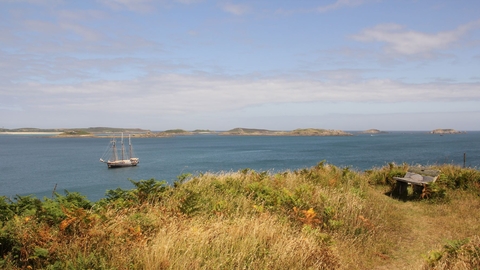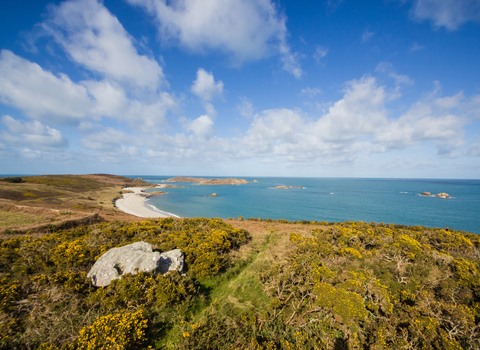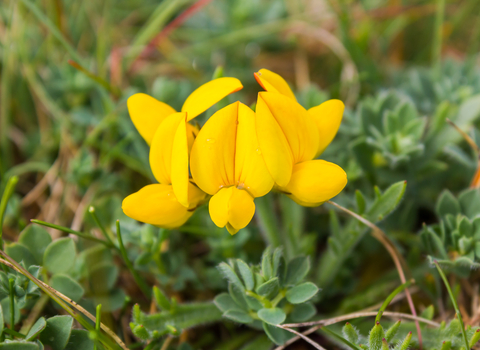Know before you go
Dogs
When to visit
Opening times
Opening times vary, with some seasonal and some year-round closures to protect breeding seabirds and seals.Best time to visit
Spring & SummerAbout the reserve
The Eastern Isles are made up of a handful of eight small islands and numerous adjacent islets and rocks, immediately to the south-east of St Martin’s. These are the first of the Isles of Scilly you'll see as you approach the islands by boat or by air, rising out of the sea. They are the gateway to the archipelago, and your first taste of wild Scilly. The easiest way to explore the islands is by sea on a scheduled wildlife-watching trip.
Landing is possible in some areas, but you'll need a small craft and expert knowledge of the surrounding seas to successfully navigate your way. If you do visit, it is imperative that you keep disturbance to a minimum by sticking to the paths and exploring the outstanding archaeological sites. Please remember that some areas are closed to protect wildlife. Mouls, Innisvoul, Hanjague and Menawethan are closed year-round, whilst Little Ganinick, the southern end of Great Arthur and the southern end of Great Ganilly are closed in the breeding season. See the map here for more information and land and explore responsibly.
The largest and most diverse of the Eastern Isles is Great Gannilly, which is home to 74 out of the 111 wildflower species recorded for the whole of the island group. There are small areas of maritime heathland that support the nationally rare orange bird’s-foot and small pockets of maritime grassland with thrift, rock sea-spurrey and scurvy-grass. Great Gannilly is also home to one of the largest breeding colonies of grey seal around the archipelago.
Within the more scrubby habitats found on Great and Little Arthurs, the nationally rare balm-leaved figwort and white ramping fumitory can be found along with shore dock, nestled in crevices where freshwater seeps into the soils. Here you can also find the rare lichen Gyalecta jenensis var. macrospora with its tangerine coloured fruits.
The Eastern Isles also provide secluded habitat for eight breeding seabird species including razorbills, cormorants, fulmars and puffins. The islands are important for their archaeology, including prehistoric settlements and a Roman religious shrine on Nornour, prehistoric hut circles and field systems on Great Gannilly and Neolithic and Bronze Age Funerary and platform Cairns.
We are responsible for ongoing management of the important archaeological sites on these islands. We work with the Community Archaeology Group to keep them clear of bracken, gorse, bramble and honeysuckle, all of which can damage the monuments through their roots undermining the construction. We focus on these special heritage sites and maintain the paths to and between them. This ensures that a visit to these islands minimises disturbance to our breeding grey seal and seabirds, as you will steer clear the most important areas for these species.




